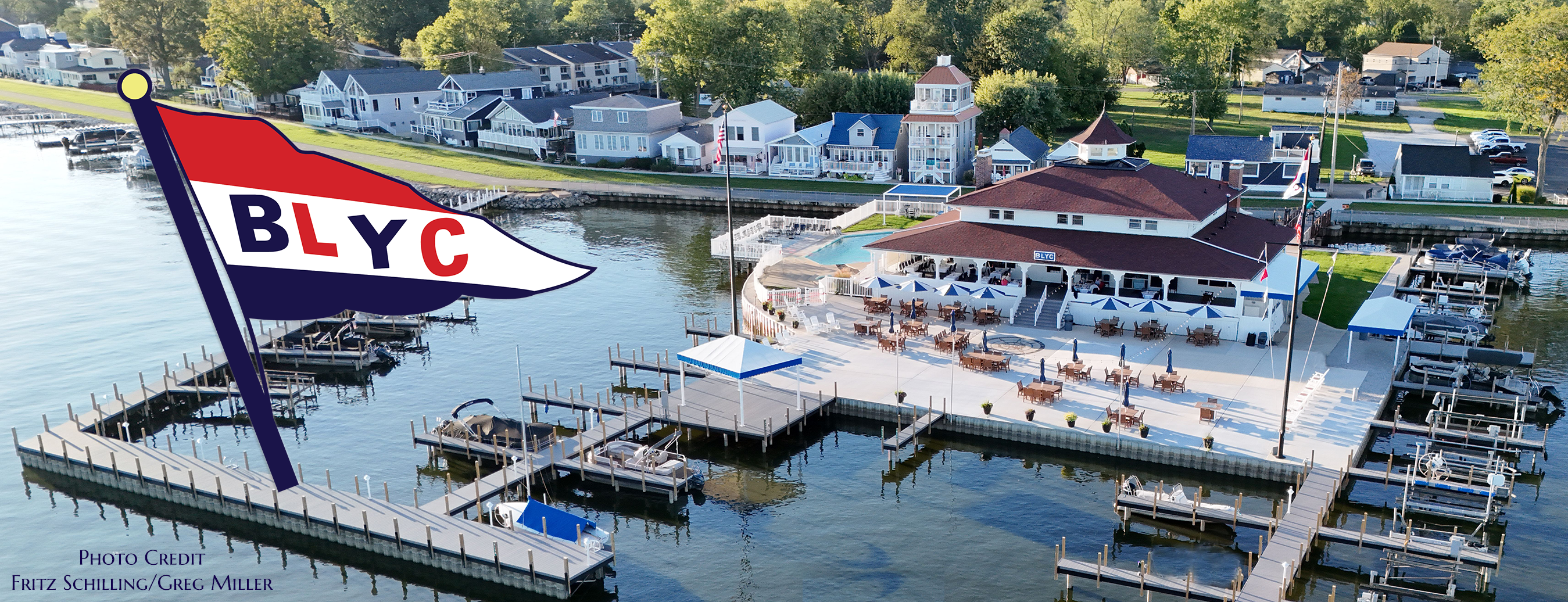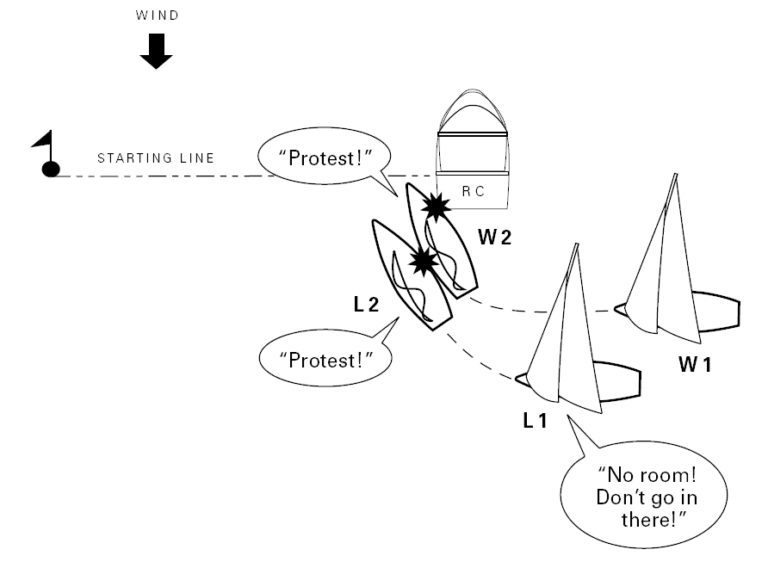Each week this season, we will offer a “quiz” question regarding the Racing Rules of Sailing. Read the scenario below, formulate your answer, then move your mouse over the box to reveal the correct answer.
Need further explanation?
something we can discuss on the porch on Sunday.
This quiz was excerpted from Dave Perry’s 100 Best Racing Rules Quizzes available from US Sailing. For a comprehensive explanation of the rules, read Dave Perry’s Understanding the Racing Rules of Sailing through 2024, which is also available from US Sailing. Permission to reprint this quiz for non commercial use is granted by the author.







 Bristol, Rhode Island (October 27, 2022)— Following the tragic incident that occurred during the running of the 52nd Newport Bermuda Race, US Sailing, at the request of The Bermuda Race Foundation, Inc. as the organizing authority for the race, in conjunction with the Cruising Club of America and the Royal Bermuda Yacht Club, convened a
Bristol, Rhode Island (October 27, 2022)— Following the tragic incident that occurred during the running of the 52nd Newport Bermuda Race, US Sailing, at the request of The Bermuda Race Foundation, Inc. as the organizing authority for the race, in conjunction with the Cruising Club of America and the Royal Bermuda Yacht Club, convened a